Optimal Timing for Limestone Patio Installation
Limestone patio installations are most effectively completed during mild weather conditions. Optimal timing typically falls in spring and early fall when temperatures are moderate and rainfall is less frequent, ensuring proper curing and setting of the limestone. Installing during extreme heat or cold can impact the durability and appearance of the limestone surface.
Spring offers moderate temperatures and longer daylight hours, ideal for setting limestone patios without weather-related disruptions.
Fall provides cooler temperatures and typically less rain, helping to prevent issues like cracking or shifting during installation.
High summer temperatures can cause rapid evaporation of moisture, leading to cracking, while winter installations risk freeze-thaw damage.
Choosing a period with stable weather minimizes delays and ensures proper bonding and curing of limestone materials.
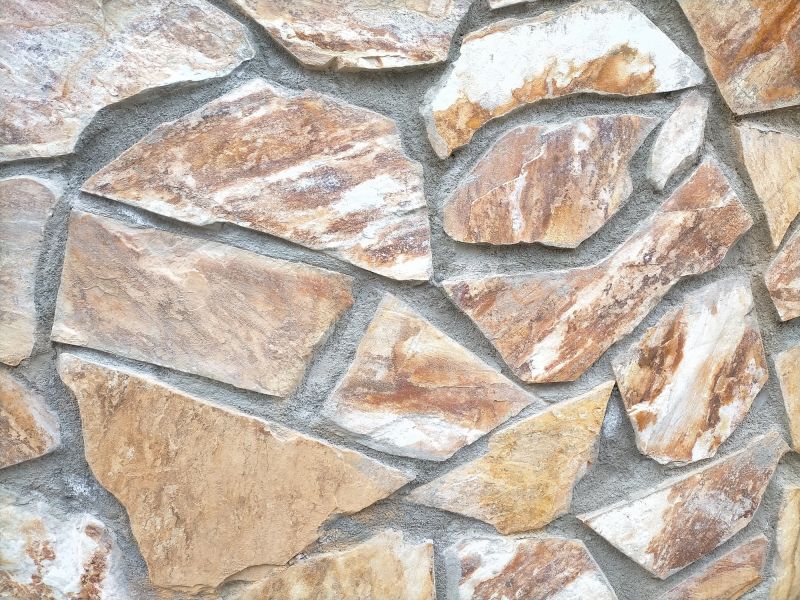
Ways to make Limestone Patio Installations work in tight or awkward layouts.
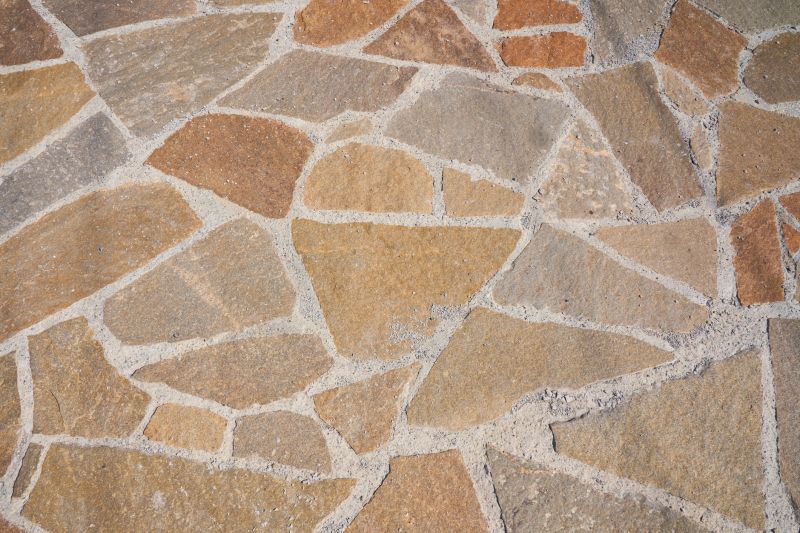
Popular materials for Limestone Patio Installations and why they hold up over time.
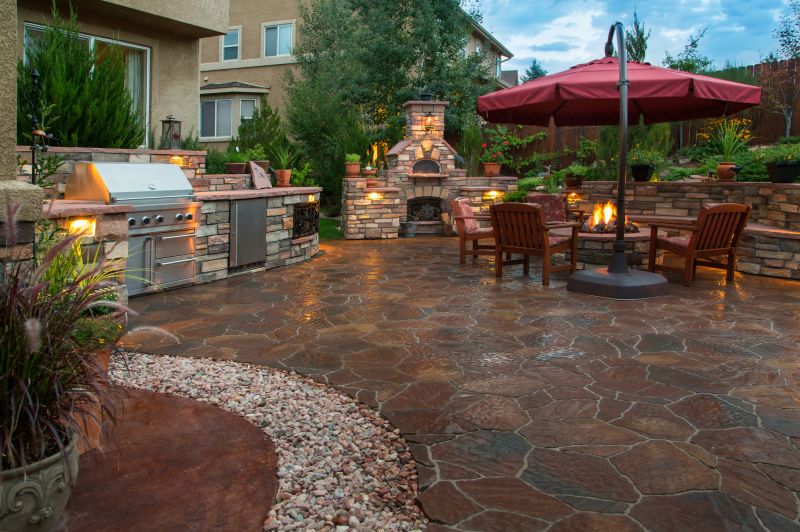
Simple add-ons that improve Limestone Patio Installations without blowing the budget.
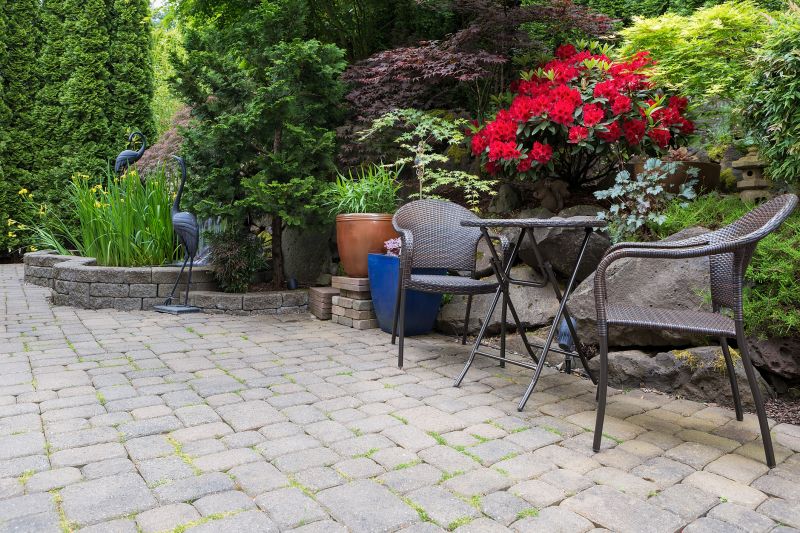
High-end options that actually feel worth it for Limestone Patio Installations.

Finishes and colors that play nicely with Limestone Patio Installations.
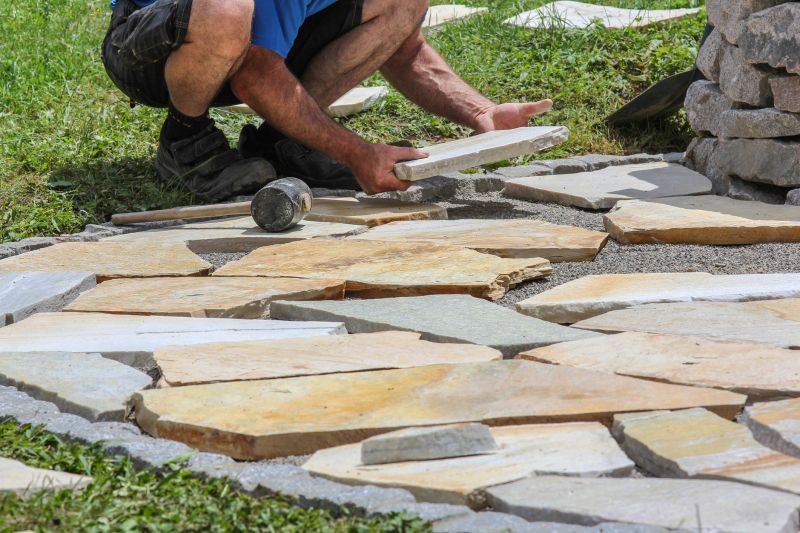
Little measurements that prevent headaches on Limestone Patio Installations day.
Limestone is a natural sedimentary rock known for its durability and aesthetic appeal. It has been used in outdoor applications for centuries due to its ability to withstand weathering while maintaining a refined appearance. The material's porous nature requires proper sealing and maintenance to preserve its look over time. Installing limestone patios involves careful site preparation, including excavation, leveling, and base compaction, to ensure stability and longevity.

A 60-second routine that keeps Limestone Patio Installations looking new.
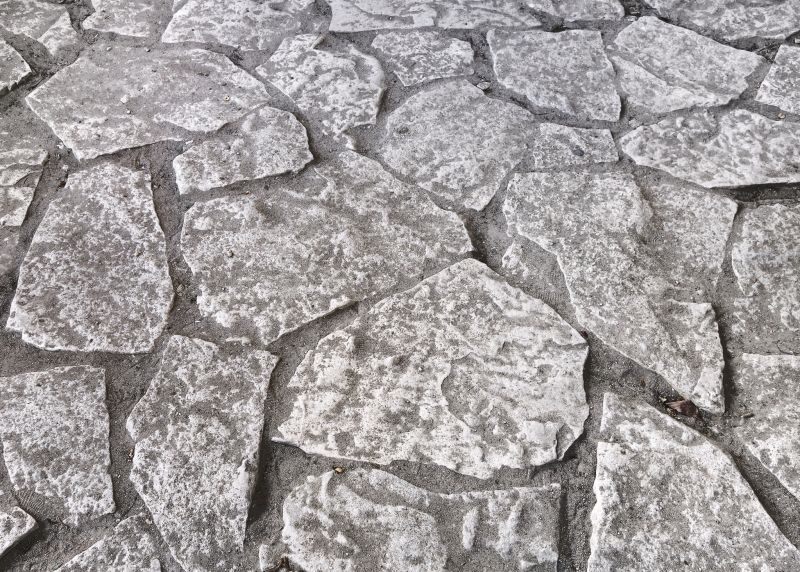
A frequent mistake in Limestone Patio Installations and how to dodge it.
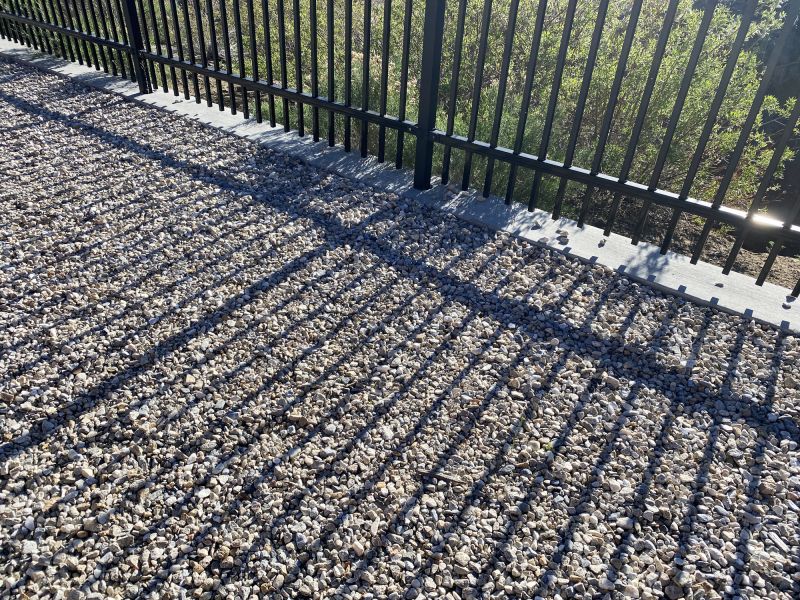
Small tweaks to make Limestone Patio Installations safer and easier to use.

Lower-waste or water-saving choices for Limestone Patio Installations.
| Season | Ideal Conditions |
|---|---|
| Spring | Moderate temperatures, less rain, ideal for installation. |
| Early Fall | Cooler weather, stable conditions, good for curing. |
| Summer | High temperatures may cause cracking, not recommended. |
| Winter | Risk of freeze-thaw damage, best avoided. |
| Late Fall | Potential for early frost, less suitable. |
| Late Spring | Good weather, but can be unpredictable. |
Choosing the right time for limestone patio installation can significantly influence the durability and appearance of the finished surface. Proper planning around seasonal weather patterns ensures the materials set correctly and reduces the risk of damage. Consulting with experienced installers can help determine the most suitable window based on local climate conditions.
Interested in limestone patio installations? Filling out the contact form can provide more information and help schedule a consultation to determine the best timing and approach for a durable, attractive outdoor space.
